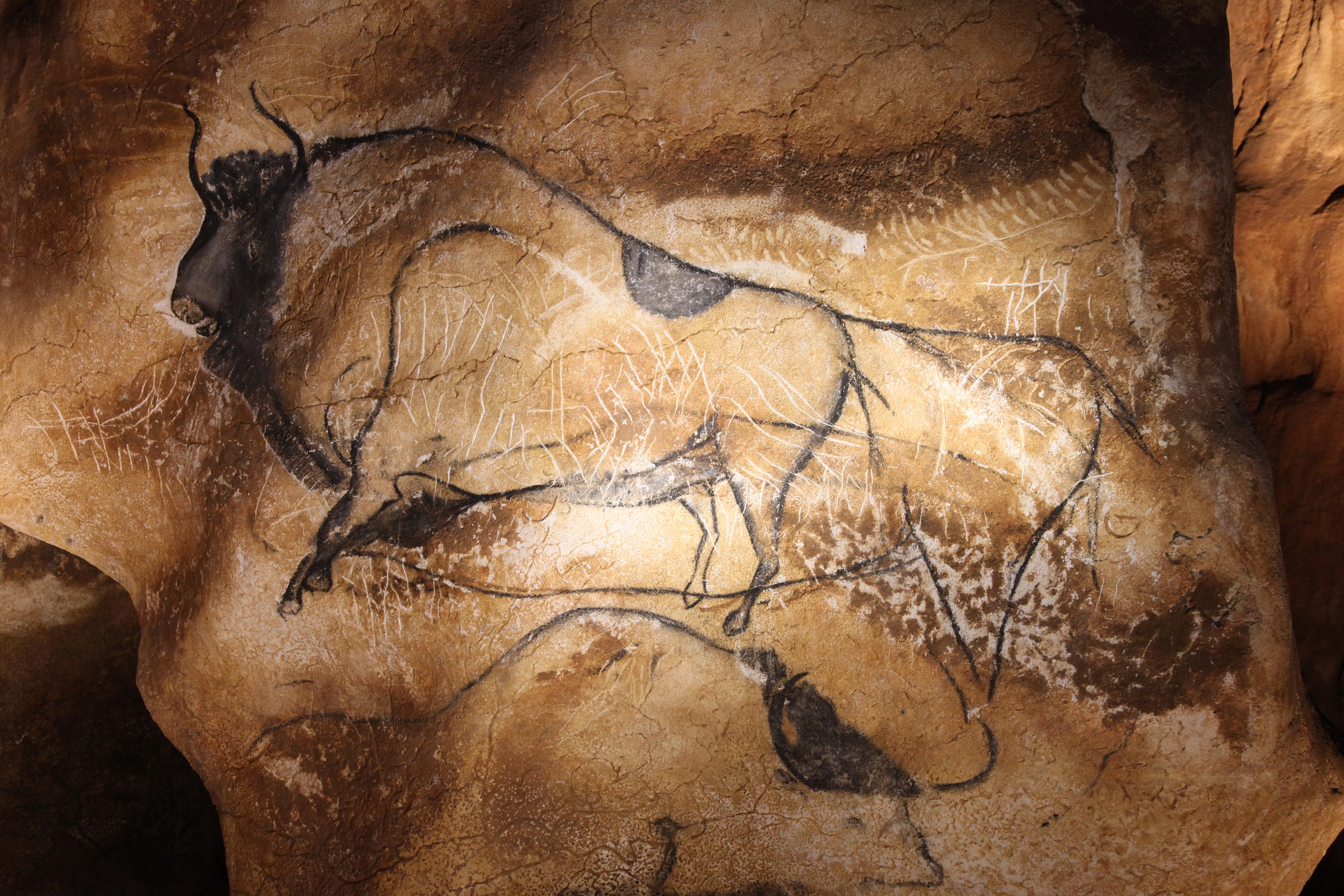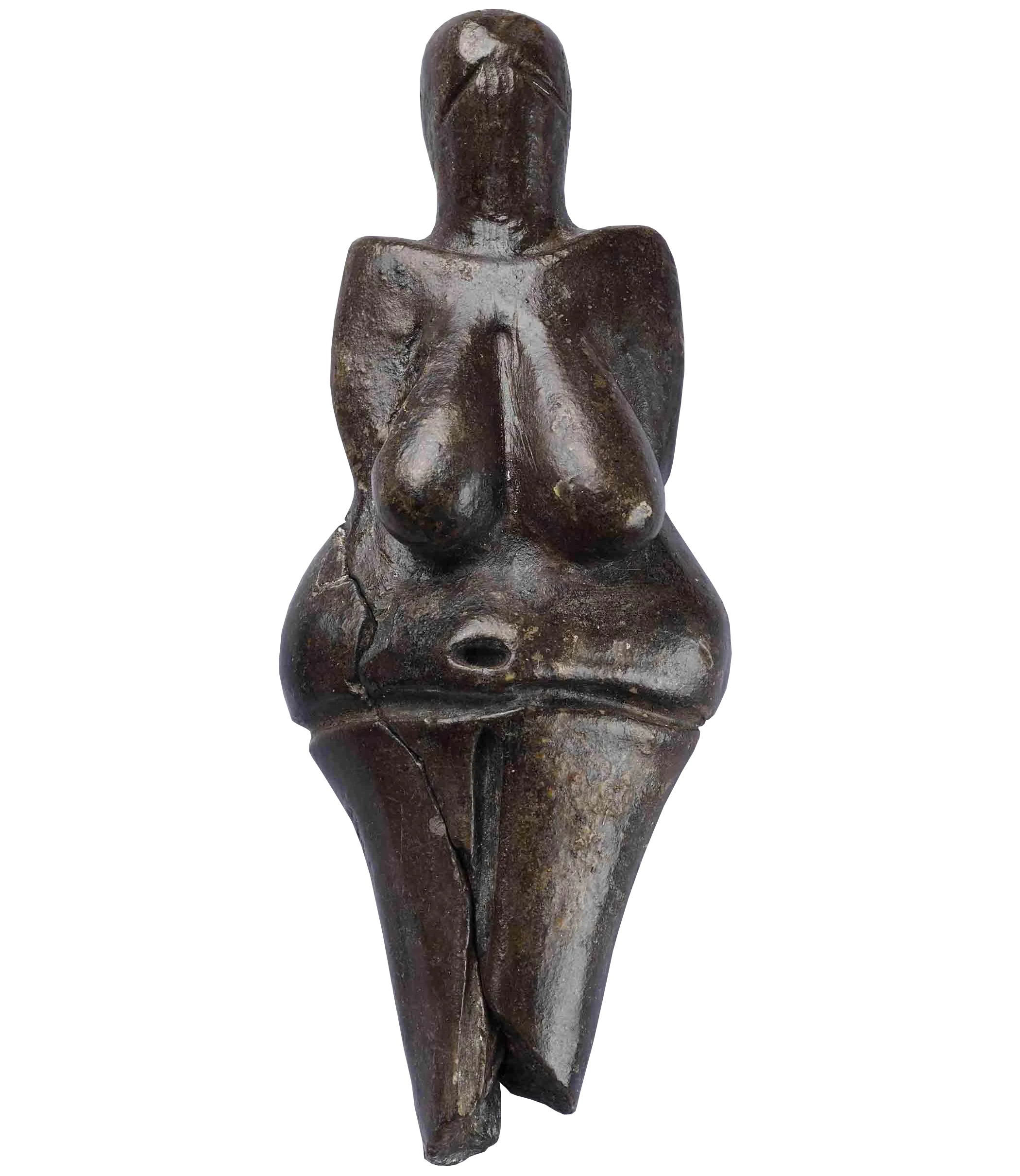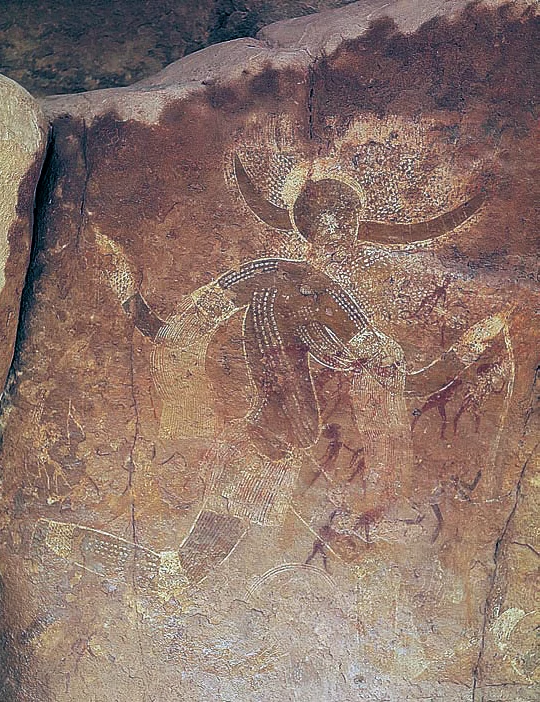Upper Paleolithic
The mysterious line between pre human and post human


Welcome to the Obelisk Timeline of Art. If you're looking to begin at the beginning, you've come to the right place: the Upper Paleolithic. In the long timeline of geologic history, the Paleolithic era began when hominids developed their first stone tools, about 3.3 million years ago. It took millions of years for these early tool-users to evolve into anatomically modern humans, so we begin our timeline at about 40,000 BCE.
40,000 BCE marks the beginning of the Upper Paleolithic—a time of truly radical change in the ancient world. The homo sapien had emerged as the dominant hominid, displacing Neanderthals and Denisovans either by competition or violence. Early humans were still hunter-gatherers, but they began to create settlements, their tools became more varied and sophisticated, and their social structures became more complex. It’s around this time that we are first able to identify our ancestors displaying behavioral modernity, the cognitive traits that drive human culture to this day: abstract thinking, planning, symbolic behavior, music and dance. And while there’s an archeological battleground over the sculptural validity of artifacts like Venus of Berekhat Ram, or the Venus of Tan-Tan that date back to 300,000 BCE, there is no doubt that by the Upper Paleolithic human creative expression was in full swing.








